15 Most Expensive Coins Ever Sold in Auction History
Some coins are worth far more than their face value, especially when they carry history, rarity, or unique features. Over the years, collectors have paid millions to acquire certain pieces that are rarely available on the market. These coins are not just currency—they are part of a story that spans centuries. From early American minting to medieval treasures, the most valuable coins offer more than just gold or silver. Each sale tells a story of what makes a coin truly special. Whether it’s a production mistake
or a limited release, the reasons behind the high price are always interesting. Here are some of the most expensive coins ever sold at auction.
This post may contain affiliate links, which helps keep this content free. Please read our disclosure for more info.
1933 Double Eagle
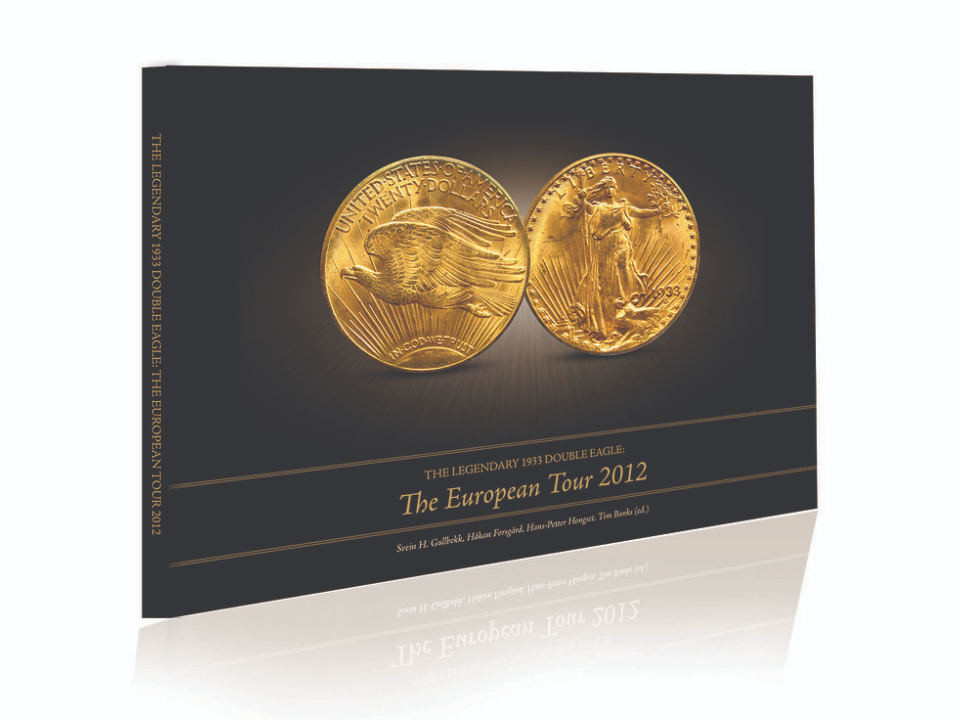
The 1933 Double Eagle is one of the most well-known coins among collectors, mainly due to its complex legal history and extreme rarity. Although over 400,000 pieces were minted, none were officially released into circulation due to the United States abandoning the gold standard that year. Nearly all examples were ordered to be melted down, but a few somehow escaped destructions. For decades, owning one was considered a criminal offense, adding an extra layer of mystery to the coin’s reputation.
In 2021, a specimen legally owned by shoe designer Stuart Weitzman was auctioned off by Sotheby’s for an astonishing $18.9 million. This sale made it the highest-priced coin ever sold at auction. Its value is not based solely on gold content or age but on its unusual story and its once-illegal status. Today, it remains the most famous American coin in private hands.
1794 Flowing Hair Silver Dollar

The 1794 Flowing Hair Silver Dollar is believed by many to be the very first silver dollar ever produced by the U.S. Mint. This coin represents the earliest attempt to create a standardized national currency following independence. Its design features Lady Liberty with flowing hair on one side and an eagle on the other, symbols of strength and freedom. The historical significance of this coin cannot be overstated, as it marked a shift toward establishing trust in U.S. currency.
In 2013, a high-grade version of this coin sold for $10 million. Experts speculate it may have been the first silver dollar ever struck by the Mint, making it a key piece in American numismatic history. The coin’s rarity, excellent preservation, and symbolic weight all contribute to its extraordinary value. Collectors and historians alike see it as a cornerstone of early American coinage.
1787 Brasher Doubloon
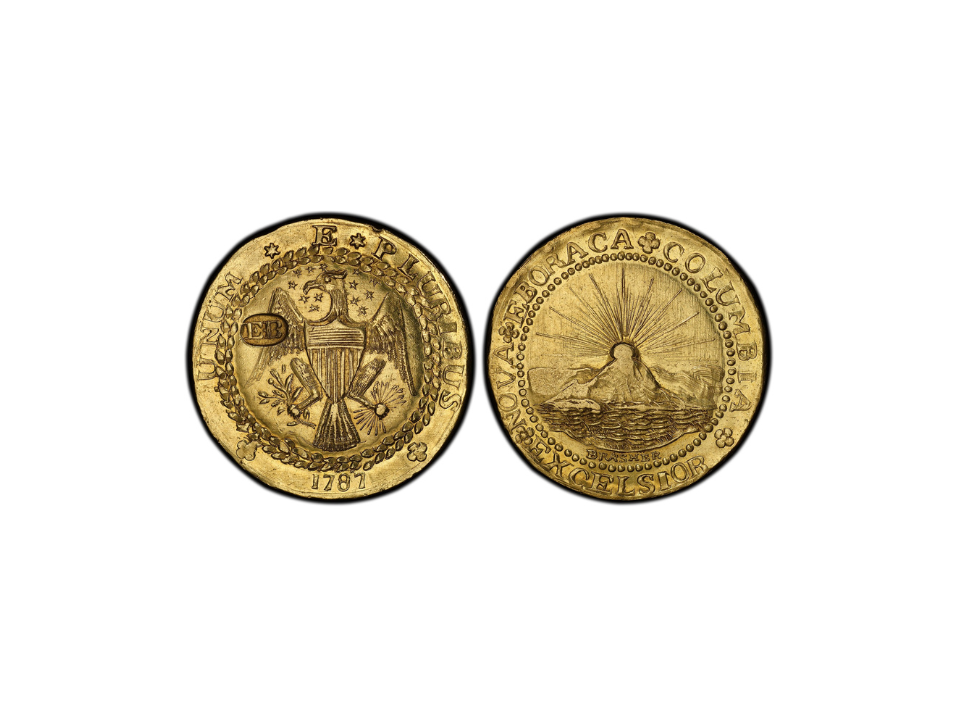
The 1787 Brasher Doubloon stands out as a privately minted gold coin created before the establishment of the U.S. Mint. It was produced by Ephraim Brasher, a respected goldsmith in New York, and bears his initials, either on the breast or the wing of the eagle. These initials serve as his mark of quality. Despite its unofficial status, the coin is widely accepted as a foundational piece in early American currency.
A version of the Brasher Doubloon fetched $9.36 million at auction in 2021. Its value stems from the blend of historical meaning, gold content, and its limited supply. Only a few are known to exist today. The coin is cherished as a link to early American commerce, when private individuals stepped in to create trusted forms of money.
1822 Half Eagle
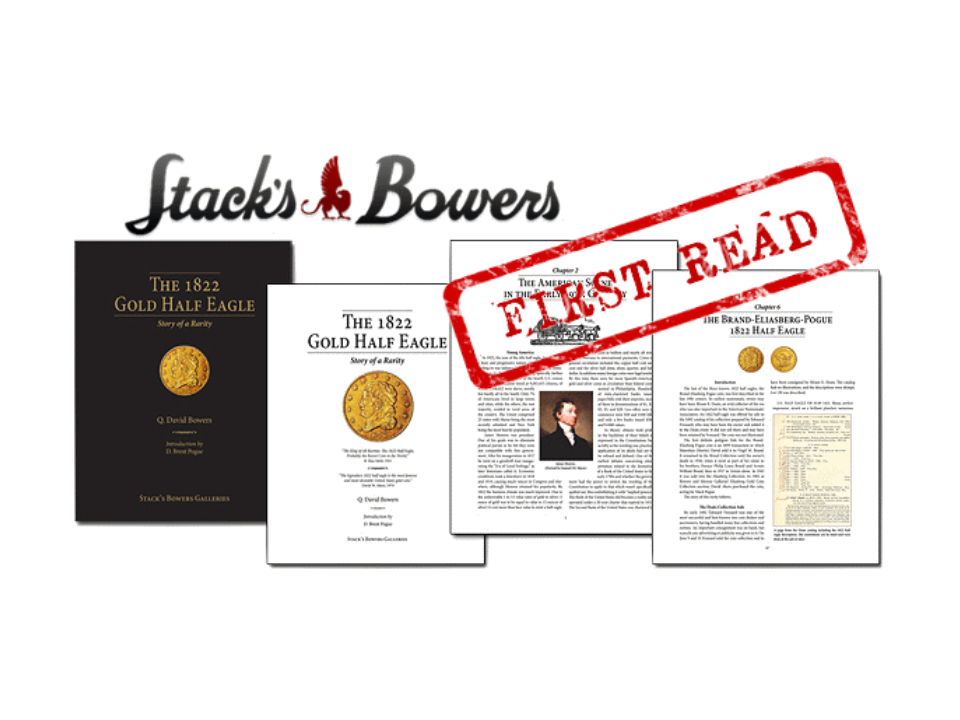
The 1822 Half Eagle, a five-dollar gold piece, is one of the rarest coins in American numismatics. Over 17,000 were minted, but today, only three examples are known. Two of them are held by the Smithsonian Institution, leaving just one in private hands. This scarcity places the coin in a class of its own and drives intense interest from collectors.
In 2021, this lone privately owned coin sold for $8.4 million. Given that no other examples are available for purchase, it is unlikely another public sale will happen anytime soon. The coin’s rarity and the mystery of what happened to the others add to its legend. It represents a once-in-a-generation opportunity for collectors when it does appear on the market.
1804 Silver Dollar Class I

Despite the date, these coins were not actually struck in 1804. The Class I 1804 Silver Dollar was produced in the 1830s as a diplomatic gift under President Andrew Jackson’s administration. Only eight known examples exist. Their purpose was to impress foreign dignitaries, and that prestige has lingered with the coin through the years.
In 2021, one sold at auction for $7.68 million. The story behind its creation, combined with extreme rarity and its high level of craftsmanship, makes it one of the most prized silver dollars ever. Collectors often refer to it as the “King of American Coins,” and its presence in a collection signals prestige and deep historical interest.
1861 Paquet Reverse Double Eagle
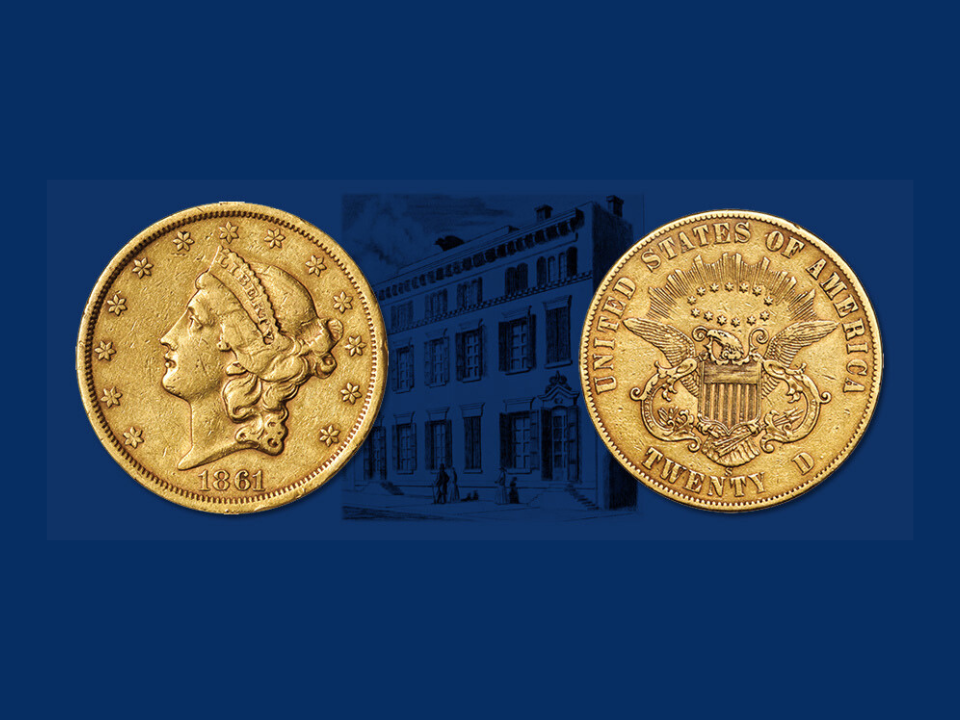
Anthony Paquet’s redesign of the reverse side of the Double Eagle was meant to improve the overall look and clarity of the coin. Unfortunately, problems with the spacing and edge design caused the Mint to abandon his version quickly. Only a few examples of the Paquet Reverse Double Eagle were struck before the change was reversed.
A surviving example sold for $7.2 million, as collectors were eager to own a piece that reflects a brief and unusual episode in Mint history. The coin’s unique features and short production run make it stand out. It is an excellent representation of how even minor design changes can make a coin far more interesting and desirable.
1343 Edward III Florin

The 1343 Edward III Florin, also known as the Double Leopard, was struck during the reign of King Edward III of England. The coin was intended to be used in international trade, but the denomination failed to gain popularity and was quickly withdrawn. Most were melted down, and only three are known to have survived to the present day.
In a private sale, one of these coins was valued at about $6.8 million. Its rarity and medieval origins make it one of the most expensive coins from Europe. For collectors of ancient and royal coinage, the Edward III Florin offers a rare glimpse into early British monetary efforts.
1913 Liberty Head Nickel
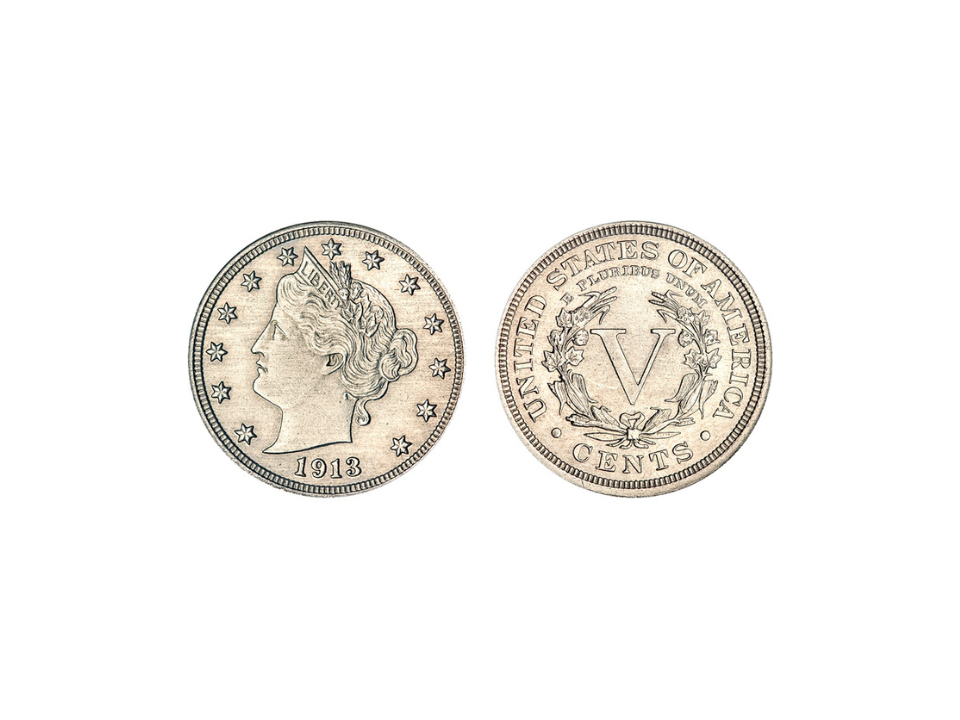
Although the Liberty Head design officially ended in 1912, five nickels dated 1913 were secretly made under mysterious circumstances. The coins surfaced in the 1920s and immediately caused a stir among collectors. They have been featured in books, documentaries, and even TV shows due to their unique backstory.
One example sold in 2018 for $4.56 million. Their value continues to rise thanks to the unusual circumstances of their creation and the extremely small number in existence. Each coin has a nickname and a well-documented history, making them endlessly fascinating to coin experts and fans.
1894-S Barber Dime

The 1894-S Barber Dime holds one of the greatest mysteries in U.S. coinage. Only 24 were minted, and no one knows exactly why. Of those, fewer than 10 are known to have survived, and one was famously given to a banker’s daughter who spent it on ice cream.
In 2016, a well-preserved example sold for $1.99 million. The odd story and tiny mintage make this dime especially sought after. For collectors of U.S. coins, it represents the kind of item that turns a collection into something legendary.
1787 Fugio Cent

The Fugio Cent was the first coin officially authorized by the United States. It is instantly recognizable thanks to its sun dial design and the phrase “Mind Your Business,” which was attributed to Benjamin Franklin. The coin also features linked chains that symbolize unity among the original states.
While thousands were struck, high-grade examples in excellent condition can fetch over $1.5 million. Collectors value it as a milestone in American coinage. Its mix of symbolism and historical importance makes it one of the most interesting early American coins to own.
1792 Birch Cent
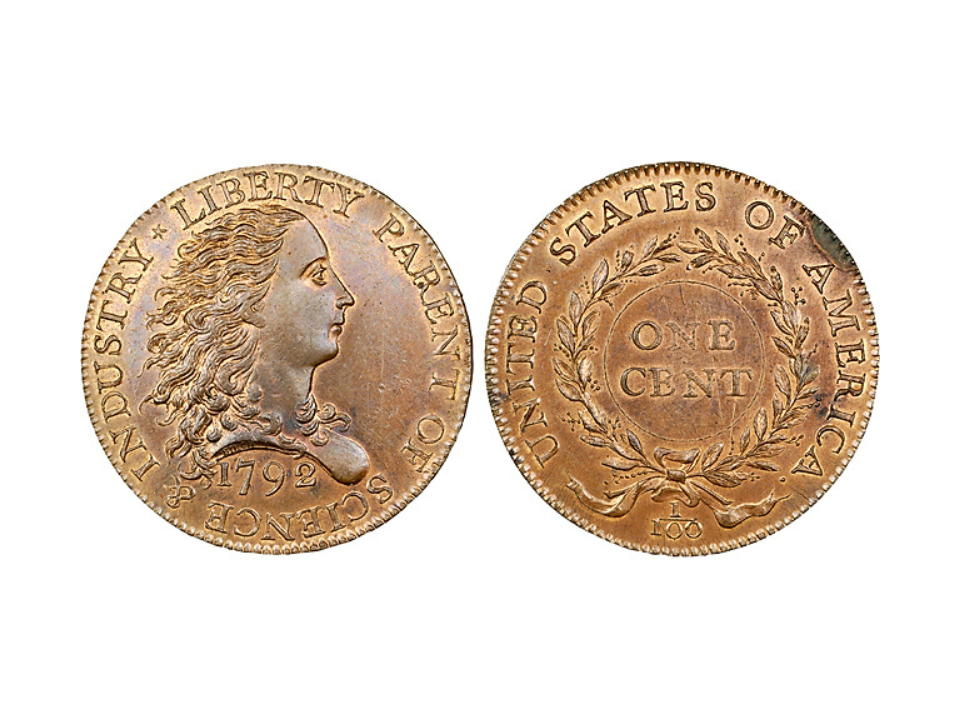
The 1792 Birch Cent is one of the earliest experimental coins produced by the United States. Created before regular minting began, the coin is named after Robert Birch, whose name appears on one side. These coins served as a demonstration piece to show what official currency might look like.
A high-grade Birch Cent sold for $2.6 million. Its deep connection to the beginning of U.S. coinage makes it extremely attractive to collectors who specialize in early American history. Few items represent the birth of national identity in coin form quite like this one.
1907 Saint-Gaudens Ultra High Relief Double Eagle
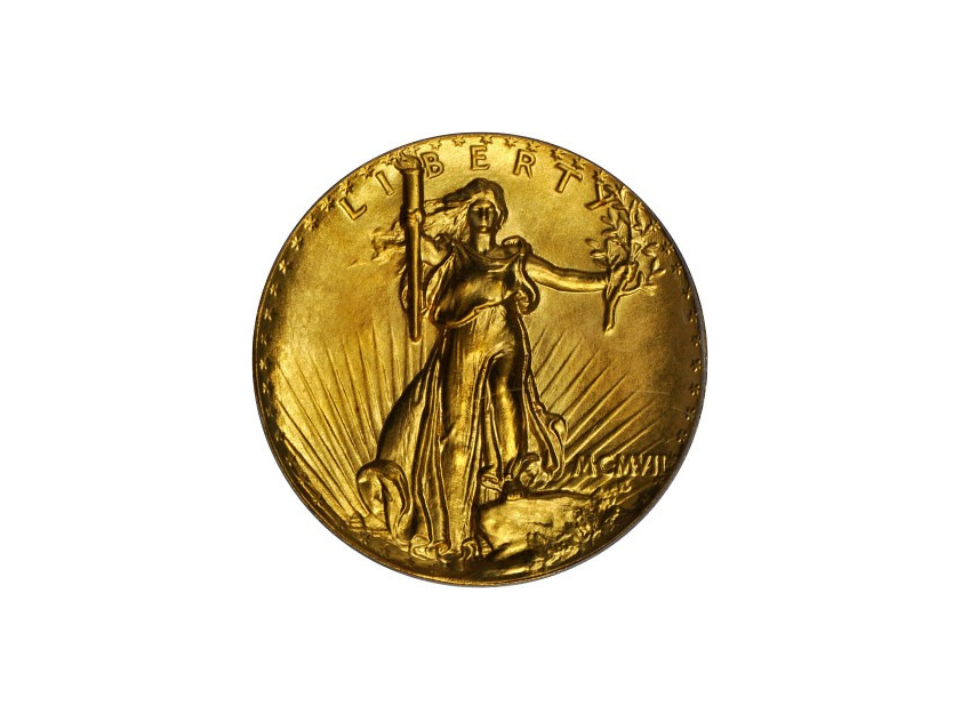
This coin was designed by Augustus Saint-Gaudens, an acclaimed sculptor tasked by President Theodore Roosevelt to redesign U.S. currency. The Ultra High Relief version was the original idea, intended to resemble a piece of art rather than a tool of commerce. However, the minting process was too difficult, and only a few were made.
One example has sold for more than $2.1 million. Its beauty and the story behind its limited release make it a highlight in any coin collection. The coin shows how artistry and minting came together for a brief but memorable moment in U.S. history.
1796 Quarter
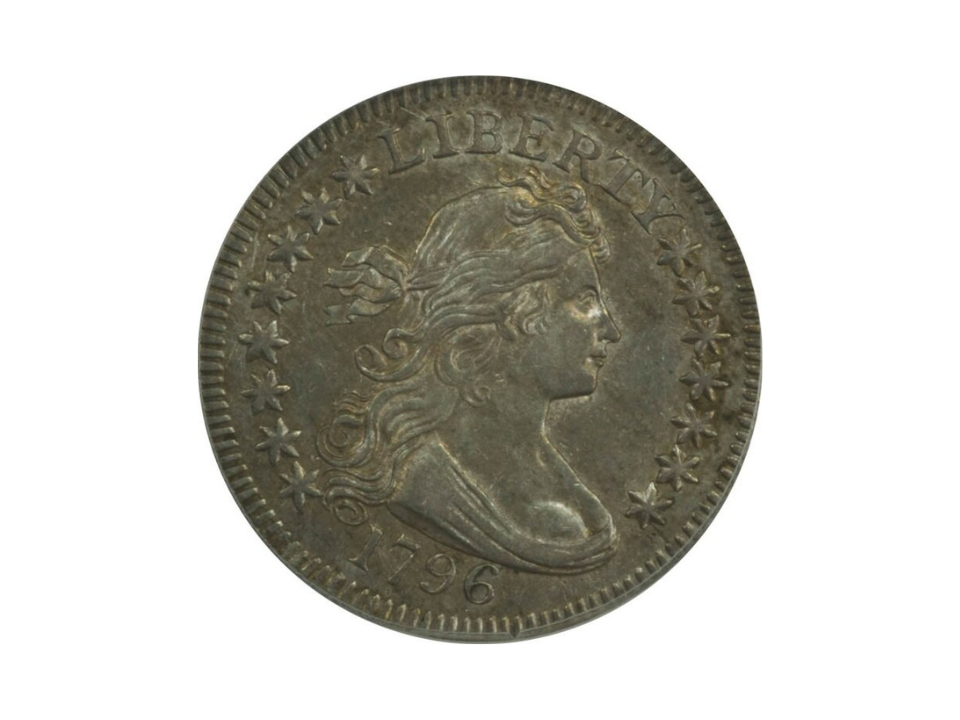
The 1796 Quarter holds the distinction of being the first quarter-dollar ever issued by the United States. With a mintage of just over 6,000, many examples circulated heavily, making high-grade coins especially difficult to find.
A clean and well-preserved coin sold for $1.5 million. Collectors often seek this piece as a cornerstone of early U.S. coin sets. Its historical role and elegant design help it stand out in any collection.
1792 Half Disme
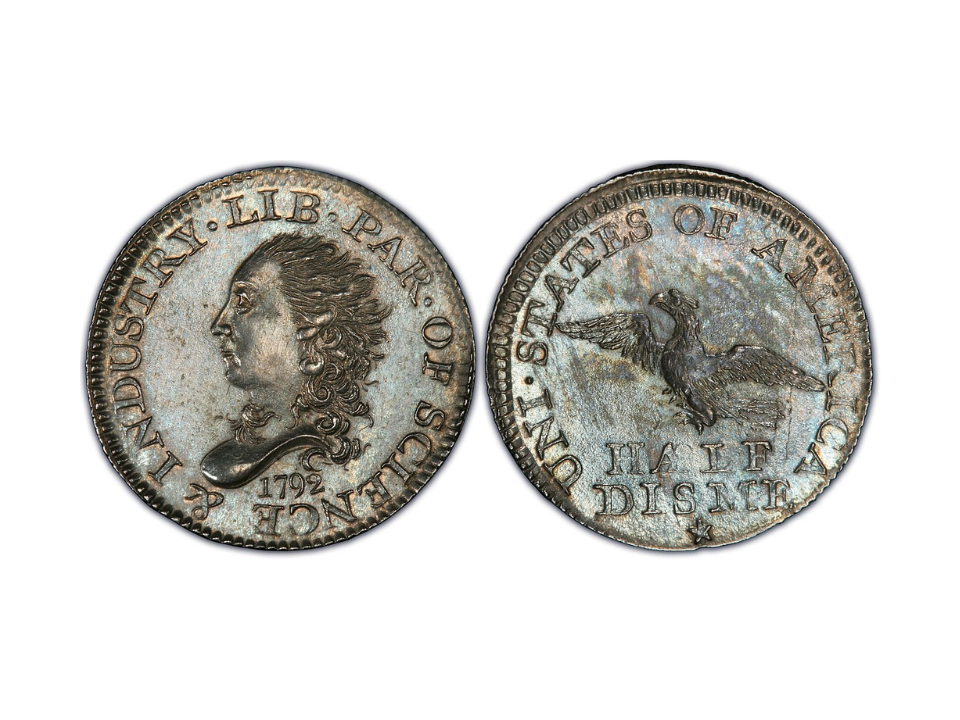
The 1792 Half Disme was produced before the official start of full-scale minting operations in the United States. It was likely authorized by President George Washington himself and struck using silver from his personal collection. It was intended as a practical test of how coins would hold up in everyday use.
One of these coins sold for $1.5 million. As one of the earliest examples of federal coinage, it plays an important role in U.S. history. Owning one means holding a piece of the country’s earliest financial system.
1866 No Motto Seated Liberty Dollar

In 1866, the motto “In God We Trust” was added to many U.S. coins. However, a small number of Seated Liberty Dollars were struck without the motto that year. Only two are known to exist, and their rarity is unmatched among coins of that series.
One sold for $1.2 million. The missing motto makes it a standout among other Seated Liberty coins. It represents a brief moment of transition in American currency and continues to intrigue collectors.
This article originally appeared on Avocadu.
